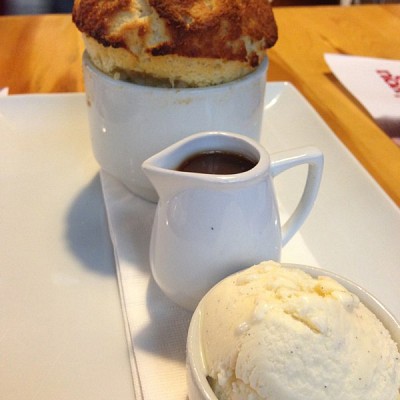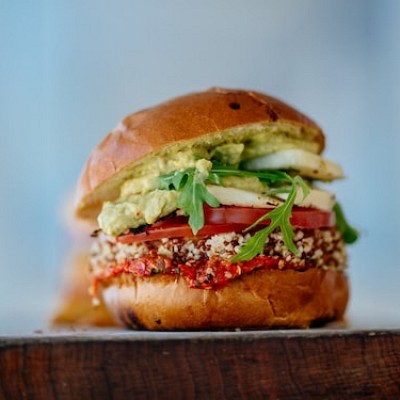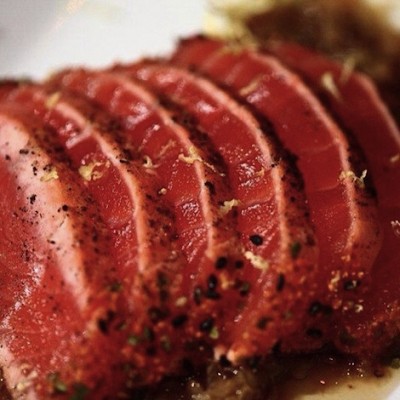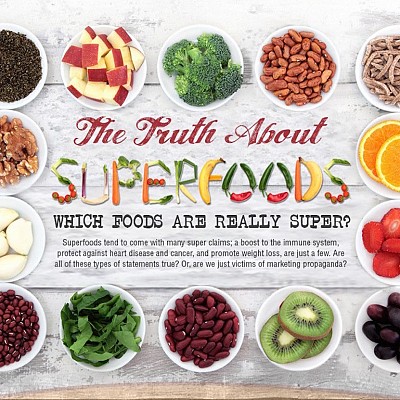Delve into the intricate world where science meets culinary artistry, unlocking a realm of endless possibilities to elevate flavors and aesthetics. Embark on a journey where precision, creativity, and innovation converge to redefine the art of cooking. Join us in exploring the fascinating techniques that transform ordinary meals into extraordinary culinary experiences.
Diving into the Secrets of Flavors
Flavors are the heart and soul of any dish, capable of evoking emotions and memories with every bite. The foundation of exceptional flavor lies in understanding the science behind ingredients and their interactions. By mastering basic techniques such as balancing sweet and savory or incorporating umami-rich elements, chefs can create harmonious flavor profiles that tantalize the taste buds.
Temperature control plays a crucial role in flavor development. From searing meats to tempering chocolate, the precision of temperatures can enhance or diminish the taste of a dish. Understanding the Maillard reaction, which occurs when proteins and sugars caramelize under heat, unlocks a world of rich, complex flavors that elevate culinary creations to new heights.
Experimentation is key in the quest for innovative flavors. By combining unexpected ingredients, harnessing the power of herbs and spices, and exploring global culinary traditions, chefs can push the boundaries of taste. The synergy between art and science in the kitchen allows for endless creative possibilities, transforming cooking into a multi-sensory experience.
Texture and temperature variations add a dynamic dimension to flavors. Crispy elements juxtaposed with creamy textures, hot components paired with cold accents—these contrasts create a captivating sensory journey for diners. By understanding how different textures interact on the palate, chefs can design dishes that surprise and delight with each bite.
The art of flavor combination extends beyond taste alone. Aromas play a vital role in the overall dining experience, influencing perception and enjoyment. Utilizing aromatic ingredients like fresh herbs, citrus zest, and spices can elevate the flavor profile of a dish, engaging multiple senses to create a truly immersive culinary adventure.
In essence, mastering the secrets of flavors is a blend of culinary expertise, scientific understanding, and boundless creativity. By unraveling the complexities of taste, chefs have the power to orchestrate symphonies of flavor that captivate and inspire all who partake in the culinary journey.
Mastering the Art of Food Presentation
Food presentation is a harmonious marriage of aesthetics and gastronomy, where visual appeal enhances the overall dining experience. The visual composition of a dish can evoke anticipation, excitement, and pleasure, setting the stage for a memorable meal. From elegant plating techniques to artistic garnishes, every detail contributes to the visual narrative of a culinary creation.
Color theory plays a significant role in food presentation, influencing perceptions of freshness, quality, and taste. Vibrant hues attract the eye and convey a sense of abundance, while monochromatic schemes evoke sophistication and elegance. By strategically incorporating a diverse color palette, chefs can create visually stunning dishes that entice and engage diners from the first glance.
Texture, shape, and negative space are essential elements in enhancing food aesthetics. Contrasting textures add visual interest, while thoughtful use of shapes and empty spaces on the plate creates balance and harmony. Embracing the principles of symmetry and asymmetry allows chefs to craft visually dynamic presentations that showcase each component of a dish with clarity and style.
Presentation techniques such as layering, stacking, and molding offer creative opportunities to elevate the visual impact of a dish. Each plating decision contributes to the overall story of the culinary creation, reflecting the chef's attention to detail and commitment to providing a holistic dining experience. By treating the plate as a canvas, chefs can transform ingredients into edible works of art.
The use of decorative elements like edible flowers, microgreens, and sauce drizzles adds a final touch of elegance to food presentation. These delicate embellishments not only enhance the aesthetic appeal of a dish but also hint at the flavors and textures awaiting diners. By combining culinary skill with artistic flair, chefs can transform ordinary meals into visually stunning culinary masterpieces.
As you experiment with these culinary techniques, remember that each dish is a canvas waiting to be painted with flavor and style. Let your creativity flow, guided by the science behind each method, as you enhance both the taste and presentation of your culinary creations.







































